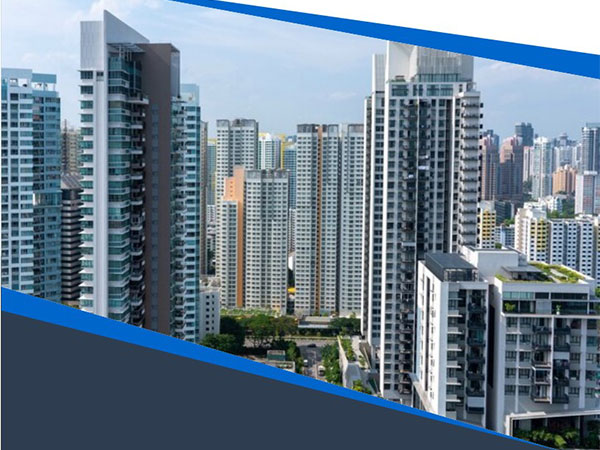Indian Real Estate Boom: Record Growth in Major Cities
The Indian residential real estate market has seen significant growth, with top developers reporting a 43% CAGR in pre-sales from FY21 to FY24. The sector's momentum is driven by increasing absorption rates and strategic expansions, bolstered by RERA, and expected to maintain steady progress in upcoming years.

The Indian residential real estate sector is experiencing a remarkable increase, with pre-sales reaching Rs 1.2 trillion, marking a 43% compound annual growth rate (CAGR) from FY21 to FY24, according to a report by Axis Capital. The growth is majorly fueled by rising absorption rates and a focus on expanding project launches across both major and emerging markets.
The report highlights that the surge, largely concentrated between FY21 and FY24, attributes 80% of growth to established markets, especially in the top seven cities, which saw a 41% growth in value. Developers have scaled operations within established markets, prompting substantial growth, while simultaneously building pipelines outside of their traditional strongholds.
The successful introduction of the Real Estate (Regulation and Development) Act (RERA) facilitated developers' ability to venture beyond their primary markets. Major firms, including DLF, Oberoi, and Sunteck, have not only deepened their roots in regions like the National Capital Region (NCR) and Mumbai Metropolitan Region (MMR) but also expanded into new terrains like Pune and Bengaluru, contributing to an addition of an estimated 130 million sq ft in new projects.
Although a recent inclination towards premium and luxury housing has slightly affected absorption rates, demand remains robust, with broader choices and stronger brand positioning ensuring steady market stability. Forecasts for the FY24-26 period suggest a 24% CAGR in pre-sales for the sector. Supply dynamics reveal a 29% increase in developer participation since 2020, primarily in MMR and Hyderabad, while NCR and Bengaluru experienced slight declines. Still, record transaction volumes are recorded, with MMR, Pune, and Hyderabad showing exceptional absorption rates.
As supply constraints ease in areas like Noida and key zones of Bengaluru and Chennai, continued growth of 5-10% is anticipated over the next two to three years. The overall outlook for the Indian residential real estate market remains positive, projecting substantial progress as new supply hits the market in previously constrained areas.
(With inputs from agencies.)










